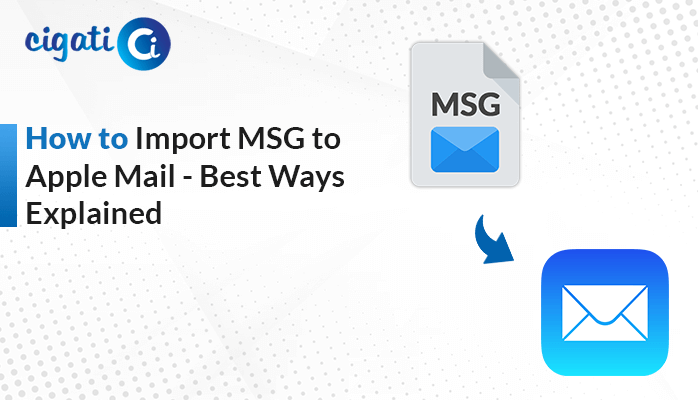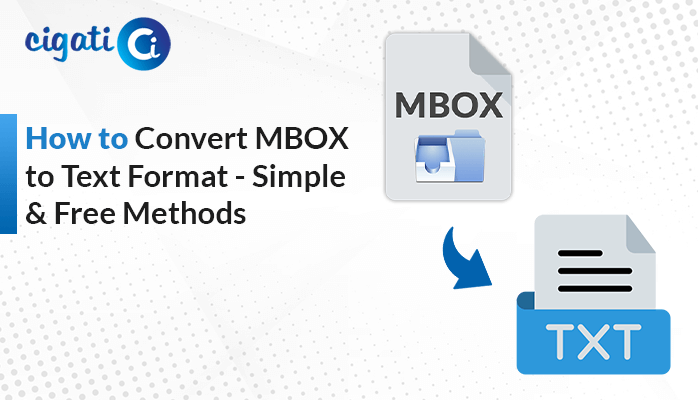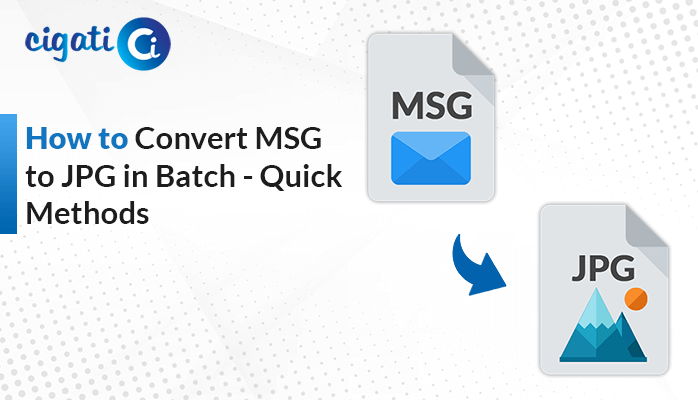-
Written By Rohit Singh
-
Updated on March 31st, 2025
How to Export Public Folder to PST Format – Expert Solution
External auditors and legal professionals often need the public folder data for investigations. However, these public folders are restricted to internal users only. Then, how do we access them? The solution is to export public folder to PST format. While Outlook and PowerShell methods are available, they can be complex and require time and effort. A smarter solution is using an Export Office 365 to PST Tool. This tool exports Office 365 data to PST in different file formats. Let us explore solutions to perform this migration process.
A PST (Personal Storage Data) is an Outlook data file that stores emails, contacts, and calendars. A Public Folder Mailbox stores shared data, such as emails and calendars. When exporting it to PST, businesses preserve this data for backup, migration, and archival purposes.
Reasons to Export Exchange Public Folders to PST
Before we get into the details, let’s take a moment to understand the key benefits of exporting public folder mailbox to PST. The following points will give you a better understanding:
- Converting them to PST will protect the critical shared information from system failures, data corruption or server issues.
- During audits and legal investigations, a PST file can easily retrieve the securely archived data.
- Archiving public folder data to PST clears up storage space on the Exchange Server. This improves server performance.
- Exporting public folder mailbox to PST enables users to access it in Outlook without an active internet connection.
How to Export Public Folder to PST? – 4 Expert Ways
When it comes to exporting a public folder to PST, you have two choices. The manual process can be lengthy and complicated. However, using a specialized Export Office 365 to PST Tool simplifies everything, while ensuring speed and accuracy. Here’s a detailed explanation of both the methods.
Method 1: Using Outlook
This method works well when the user is exporting the data occasionally, and also handling only the small public folder.
- Open Outlook application.
- Go to File > Open & Export > Import/Export.
- Now, select Export to a file and click Next.
- Choose Outlook data file (.pst) from the drop-down list and then, click Next.
- Select the public folder(s) that you want to export and click Next.
- Set the destination path for your resultant file.
- Lastly, click Finish.
Limitations: This is not suitable for frequent backups, and while handling large public folders.
Method 2: Using PowerShell
This approach is for users who are handling large-sized public folders. PowerShell also allows bulk exports. It also provides exporting specific folder data.
Below are the steps to export exchange public folders to PST:
- First, assign “Mailbox Import Export” permissions to export PST files. Use either Exchange Admin Centre (EAC) or EMS.
- Now, open Exchange Management Shell and run this command:
| New-MailboxExportRequest -Mailbox “Public Folder Mailbox” -FilePath “\\Server\Export\Folder\PSTFileName.pst” |
- Check the status of your export by running these commands:
| Get-MailboxExportRequest |
| Get-MailboxExportRequest | Get-MailboxExportRequestStatistics |
- You will get your file in your specified destination folder as soon as the export is done.
Limitations: Firstly, the permissions have to be configured before starting the exporting process. This approach is not suitable for non-technical users and hence, is prone to errors.
Method 3: Using eDiscovery
Users can use this method if they are exporting from Exchange Online. It also handles exporting large volumes of data. Having advanced filtering options like keyword, date range, sender, etc, it makes the process efficient.
Now, follow these steps to export public folder to PST:
- In MS 365 Admin Centre, first assign the eDiscovery manager role to the account that you want to export.
- Now, open Office 365.
- Go to Security & Compliance Centre > Search & Investigation > Content Search.
- Tap New Search and apply filters and conditions.
- Once the search is complete, click on it and then, click Export results.
- Choose output format as PST file and click Export.
- Lastly, download the results using the eDiscovery tool.
Limitations: To begin this process, you need necessary permissions from Microsoft Purview Compliance Centre. It can even take days if exporting a large public folder.
Export Public Folder to PST Using a Specialized Tool
Manually exporting public folders to PST is often impractical for large-scale migrations due to time-consuming and potential data loss. To simplify the process, the Export Office 365 to PST Tool automates the process. It supports mailbox, public folder, and in-place archive backup options. This tool comes with the functionalities like mail filter, task filter, and breaks down large PST files into smaller PST files. Moreover, it is compatible with all versions of Windows OS.
Simple Steps to Export Public Folder Mailbox to PST:
- Download and run Export Office 365 to PST Tool.
- Click on Restore > Continue.
- Now, go to O365 Login and sign in with your username.
- Choose Public Folder and select the mailbox to export to PST and click Next.
- Select the folders in the mailbox hierarchy. Click Next.
- In Save/Backup/Migrate As option, choose PST.
- After that, apply the additional features if needed.
- Choose the destination path to save your file and click Next.
- Finally, click Convert.
Conclusion
This blog will solve your query on how to export public folder to PST. It has covered various methods to help you. Some are traditional approaches like using Outlook or PowerShell. These require technical expertise and are complicated. For the best results, using a professional Export Office 365 to PST Tool is an efficient choice. It provides a more seamless approach while having diverse functionalities. However, choose the method as per your requirements.
You May Also Read: Migrate Public Folder to Office 365 Shared Mailbox
Frequently Asked Questions:
Q1 – How do I export a folder to PST in Outlook?
Ans – Follow these steps to export Exchange public folders to PST:
- First, open the MS Outlook.
- Then, go to File > Open & Export > Import/Export.
- After that, select Export to a file and click Next.
- Choose Outlook data file (.pst) and then, click Next.
- Select the public folder(s) you want to export and click Next.
- Also, set the destination path for your resultant file.
- Finally, click Finish.
Q2 – Can you export a shared mailbox to PST?
Ans- Yes, you can. There are manual methods to export the public folder to PST:\
- By using Outlook
- Using Exchange Admin Centre (EAC)
- With the help of Exchange Management Shell (EMS)
Use Export Office 365 to PST Tool for an easy-to-use and quick solution. The user does not need to have technical expertise to use this tool.
About The Author:
Rohit Singh is an Email Backup, Recovery & Migration Consultant and is associated with Software Company from the last 3 years. He writes technical updates and their features related to MS Outlook, Exchange Server, Office 365, and many other Email Clients & Servers.
Related Post




